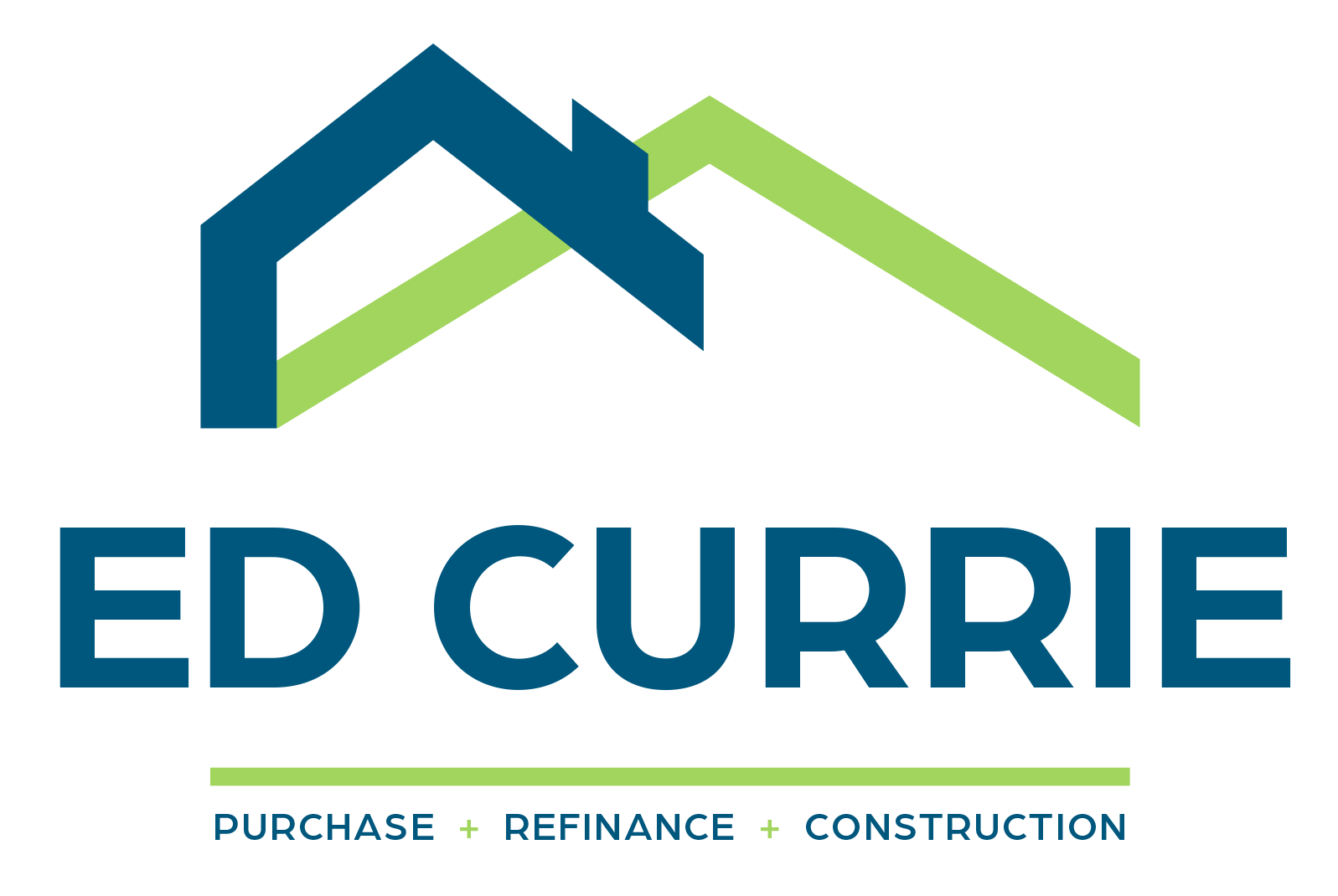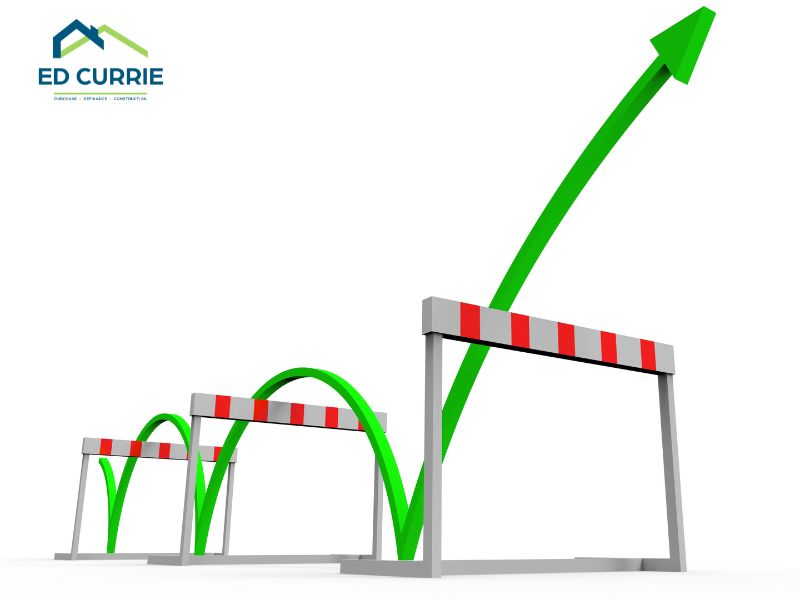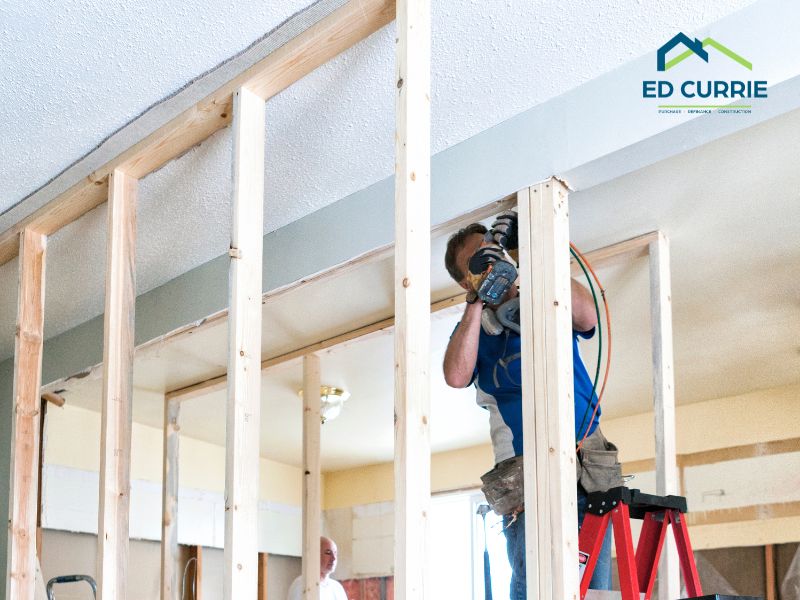 When considering how much to put down for a down payment on a home, many homeowners wonder if it’s better to put down a lower amount, especially when thinking about long-term financial planning. While it’s often advised to put down as much as possible to reduce loan amounts and monthly payments, there can be situations where opting for a smaller down payment can actually be a smart move, depending on your circumstances and future plans.
When considering how much to put down for a down payment on a home, many homeowners wonder if it’s better to put down a lower amount, especially when thinking about long-term financial planning. While it’s often advised to put down as much as possible to reduce loan amounts and monthly payments, there can be situations where opting for a smaller down payment can actually be a smart move, depending on your circumstances and future plans.
One key reason to consider a lower down payment is to maximize the loan amount you can obtain. In certain cases, it might be more beneficial to keep a larger portion of your cash available for other uses. For example, during the construction phase of building a new home or renovating an existing one, cost overages are a common challenge. Budget increases are not unusual, and if you have already committed a significant portion of your available funds toward a large down payment, you may find yourself short when unexpected costs arise.
This is where holding onto a portion of your cash can become especially valuable. If you have funds readily available, you are in a much better position to handle those cost overruns without needing to take out an additional loan or financial assistance. If you’ve kept your down payment lower, you will be able to leverage that cash for any anticipated or unanticipated expenses, offering a cushion that can be a lifesaver during the more unpredictable phases of construction.
Moreover, it’s not always necessary to put down a substantial down payment upfront. Many loan structures allow for you to pay down your loan later, especially before the permanent phase of the loan begins. If your project is still ongoing or if you anticipate a steady increase in your savings, you can plan to make a lump sum payment to reduce your loan balance before moving into the permanent mortgage phase. This way, you can keep your monthly payments lower at the outset and adjust them as needed once the project is complete and your financial situation has stabilized.
While a larger down payment can reduce your monthly payment right away, it may tie up funds that could otherwise be used for project contingencies. If you’re in the middle of a construction project, flexibility is key, and holding onto more cash may help you manage any financial surprises that inevitably pop up. After your construction is complete and you’re preparing to enter the permanent mortgage phase, you can always make adjustments to your loan to reduce the amount owed and, consequently, your future monthly payments.
Ultimately, whether or not to put down a lower down payment depends on your personal financial situation and the specific needs of your project. If you’re looking to safeguard against potential cost overruns or future uncertainties, opting for a lower down payment could be the smart move. This flexibility allows you to stay financially nimble throughout the process, ensuring that you can handle any unexpected expenses that may arise.




![EdCurrie_Logo White[Transparent] EdCurrie_Logo White[Transparent]](https://edcurrie.com/wp-content/uploads/elementor/thumbs/EdCurrie_Logo-WhiteTransparent-qybu3sjgpfhje9098uitv7fpt7os2hgn52gfy6ocx4.png)